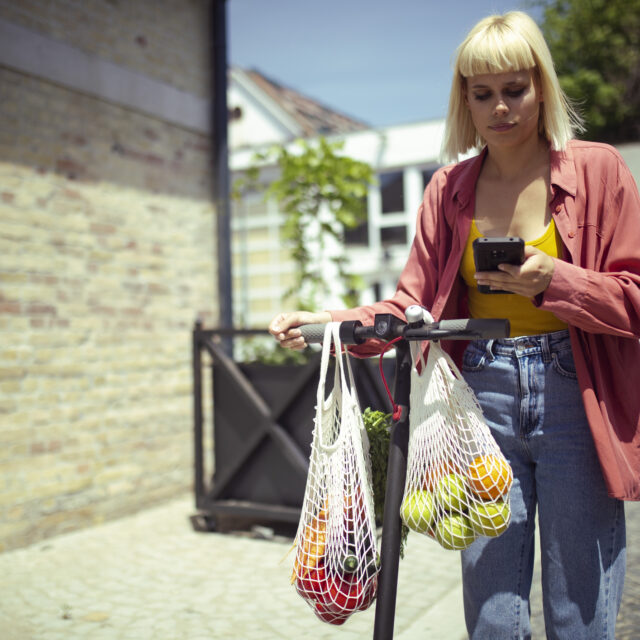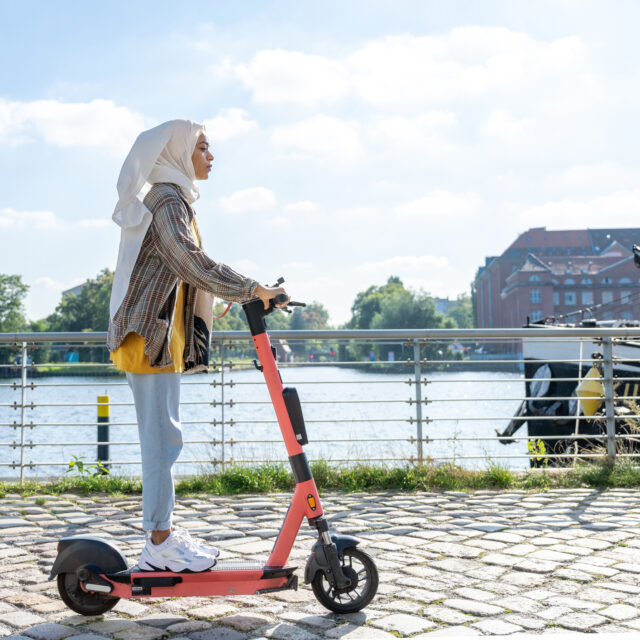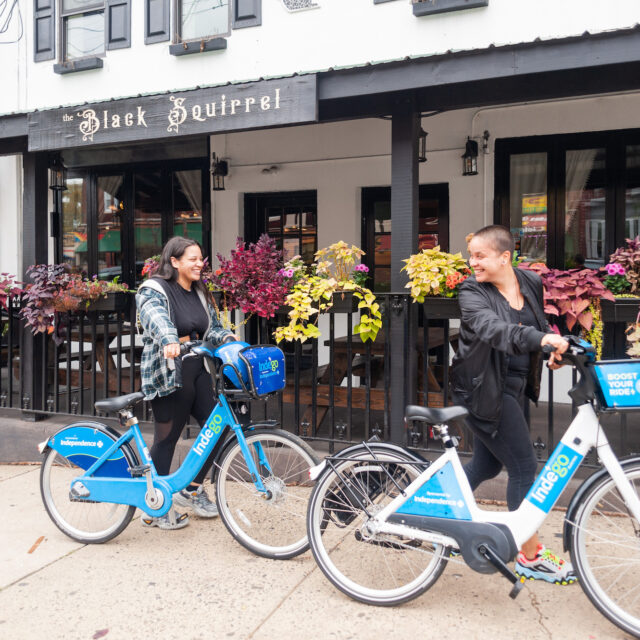Lime Mural and Report Highlight Bicycling’s Gender Gap
by Kiran Herbert, Communications Manager
December 1, 2023
The coordinated campaign highlights how 9 in 10 U.K. women face barriers to cycling, and just 1 in 5 feel safe cycling alone at night.
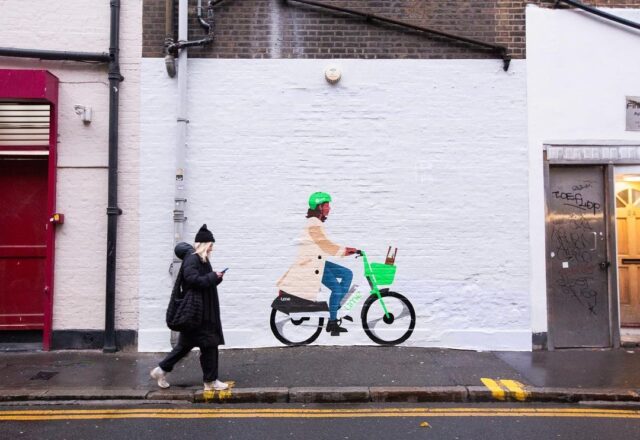
Photos by Jamie Henderson.
There’s a new mural in the Shoreditch neighborhood of London. Created by Global Street Art, during the day the mural depicts a female rider on a Lime bike. At night, however, the mural transforms under UV light to reveal statistics from Lime’s latest report, “Tackling the Gender ‘Pedal Gap’.” More than just a marketing tactic, Lime hopes the mural will help drive home what’s needed to eliminate the ‘pedal gap’ — also known as the gender gap, or the difference in the percentage of women and the percentage of men riding — and create an environment where everyone feels safe riding.
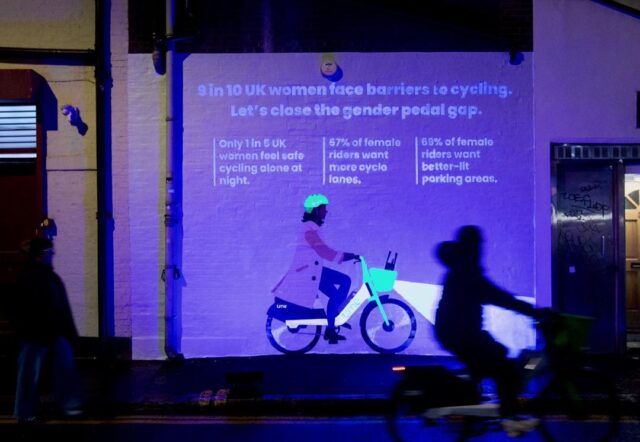
For regular readers of BBSP, the fact that bicycling in general, and shared micromobility in particular, has a gender gap shouldn’t come as a surprise. Naturally, this is a concerning trend for anyone in our industry, including Lime, which is the world’s largest provider of shared electric bikes and e-scooters. Not only does the gender gap spotlight one of the largest inequities that exists in our industry, but it also represents a financial missed opportunity.
In the new report, Lime and Opinium, a strategic insight agency, set out to understand the extent of this gender disparity in the United Kingdom and identify potential solutions. Researchers conducted an analysis of an external poll of the general public in the U.K., surveys of Lime riders in the U.K., and qualitative case studies from Lime riders in the U.K. Its findings concern the barriers women face to cycling and in particular, traveling alone at nighttime, as well as what can be done to help make cycling safer and more accessible regardless of the time of day.
Top findings from the report:
Women in the U.K. face greater barriers to cycling and therefore cycle less.
- 9 out of 10 (91%) female cyclists face barriers to cycling.
- These barriers include a lack of confidence and insufficient infrastructure.
- Women in the U.K. cycle almost half as often as men per month.
- Barriers to cycling create a negative cycle for some women, with over a quarter (27%) saying they lack the experience to provide confidence to ride.
Cycling at night is a particular concern for women.
- Just 1 in 5 (19%) women feel safe cycling at night alone.
- Cars are the predominant choice for nighttime travel — 74% of women rank cars as their safest choice when traveling alone at night.
- Over four times as many women view cars as a safer option than cycling (82% vs. 19%).
The barriers identified by non-riders are also felt by existing Lime e-bike and e-scooter riders, although to a lesser extent.
- 100% of female Lime riders want improvements to personal safety.
Non-riders and riders alike agreed on solutions to help them feel more comfortable riding.
- Improved infrastructure such as cycle lanes and street lights.
- Integration of cycling with public transport.
- Technological advancement from operators, such as incorporating a ‘Follow My Ride’ feature
Key Recommendations:
1. Government and local authorities should build upon existing work with businesses and active travel groups to design and deliver more cycling infrastructure and dedicated parking bays. This should be particularly focused on integration with public transport.
2. Local authorities should ensure there is street lighting on popular cycling routes and above parking bays. Operators such as Lime can provide data on popular routes to support this effort.
3. The government should work with industry, charities, nonprofits, and local authorities to introduce accessible cycling proficiency refreshers in secondary schools.
4. Transport and geographical mapping applications should introduce a feature to show the most well-lit routes home for cycling and walking to support women getting home at nighttime.
5. Lime to explore developing new product features such as a ‘Follow My Ride’ feature in the U.K., allowing women traveling home at night to share their journey with those important to them to provide greater personal safety.
The Better Bike Share Partnership is funded by The JPB Foundation as a collaboration between the City of Philadelphia, the National Association of City Transportation Officials (NACTO), and the PeopleForBikes Foundation to build equitable and replicable bike share systems. Follow us on LinkedIn, Facebook, Twitter, and Instagram, or sign up for our weekly newsletter.

